
SYBERIA: THE WORLD BEFORE
Gather round children, I'll tell you the story of Kate and her neverending journey...
Syberia is a series that many have come to love. They may not have had the most challenging puzzles or the most intricate storylines, but that sense of adventure and travel to beautiful locations that wouldn't be possible to see in real life was something unique. But it wasn't just that, it was a combination of elements: the surreal situations we were involved in, the unique characters we encountered, and of course, Kate Walker, a heroine I believe the romantic among us could identify with.
Almost five years have passed since the release of Syberia 3 (how time flies!) and I still remember the mixed feelings that this one left me with. The atmosphere of the late Benoît Sokal's world was underwhelming in this one, but the biggest problem with that game - after the technical problems at launch - was that both the characters and the story, for the most part, didn't make you care much and get emotionally attached to them. As such, I was concerned whether Syberia: The World Before could return to a solid and interesting narrative that evoked a multitude of emotions.

The story picks up where the previous part ended: Kate has been kidnapped and is imprisoned in an illegal salt mine. There, along with her fellow inmate Katyusha, she is just trying to survive. At some point she receives a letter from her friend Olivia (do you remember her?) that will shake her up. So, she decides to hasten her escape. During her escape with her young cellmate, they discover an old World War II-era train in the tunnels and inside it a painting of a girl who bears an uncanny resemblance to Kate.

This gives impetus to a series of events revolving around the search for this particular woman. This search will lead us to Vaghen, the capital of Osterthal, and from there to the surrounding areas. In Syberia: The World Before, Hans Voralberg's influence is again felt in the reconstruction of the city after the Great War, with the mechanical orchestra outside its music academy being one of the most impressive constructions of the renowned inventor. It's curious, however, that the game changes the name of the Nazi Party to... Brown Shadow and replaces the swastika with another symbol, in an attempt to draw parallels where all other elements remain the same. Alternate history of Sokal's world or signs of our times?

As players, we know early on that the person we're looking for is Dana Roze, as we've been given control of her since the game's prologue. The gameplay as much as the main framework of the narrative have been predicated on the transition between Kate's and Dana's point of veiws. The former sees the outcome of what transpired in the past, in 2005, while the latter experiences the events in the period 1937-1945. Make no mistake, there is no time travel involved. Essentially the parts we control Dana, instead of reading about paswt events in some notes, we experience them firsthand and her actions are revealed to Kate years later. The puzzles have undergone the biggest facelift so far. Although the signs of change were evident from Part 3, they now follow the pattern we first saw there, namely manipulating various mechanical structures and contraptions, in order to find switches, levers, moving parts, etc. that will reveal secrets or items necessary to progress. Backtracking has been practically removed as the solution to puzzles can be sought in the area where they are located, and the inventory, although still present, there will never be a time when we have more than 2-3 items on us. In other words, if someone is looking forward to use monkeys on pumps or combine mops with hedgehogs, they'd better look elsewhere.

In keeping with the tradition of the series, Syberia: The World Before oozes the warmth that every adult striving to keep their inner teenager alive is looking for. Visually it's gorgeous, with plenty of detail in environments and, especially, characters with the exception of some blurry textures in close-up camera shots e.g. puzzles, which in no way detract from the overall picture. In fact, the elaborate use of the camera, combined with various effects and light shading, gives a cinematic feel to the various environments, whether they are natural landscapes or urban environments, which have a strong Central European flavour. Likewise, the sound department could not be lagging behind since the compositions were handled by Inon Zur, known from his previous works on the series, while the Budapest Scoring Orchestra carried out their performance. These are particularly elegant pieces of classical music with an emphasis on strings and piano, which perfectly colour the more emotional scenes of the title.


So this is Syberia: The World Before. Shifting emotions, quirky steampunk inventions, escaping the molds of society and heeding your call, and like the first two games, a whole greater than the sum of its parts. The game's creators have managed to do something important, reverse the discomfort of the third installment and get us excited for the possible (as indicated by the finale) sequel. The loss of Benoît Sokal, as a person and an artist, is a great one, but after the work delivered by the studio from France, we can't help but be optimistic about the future.
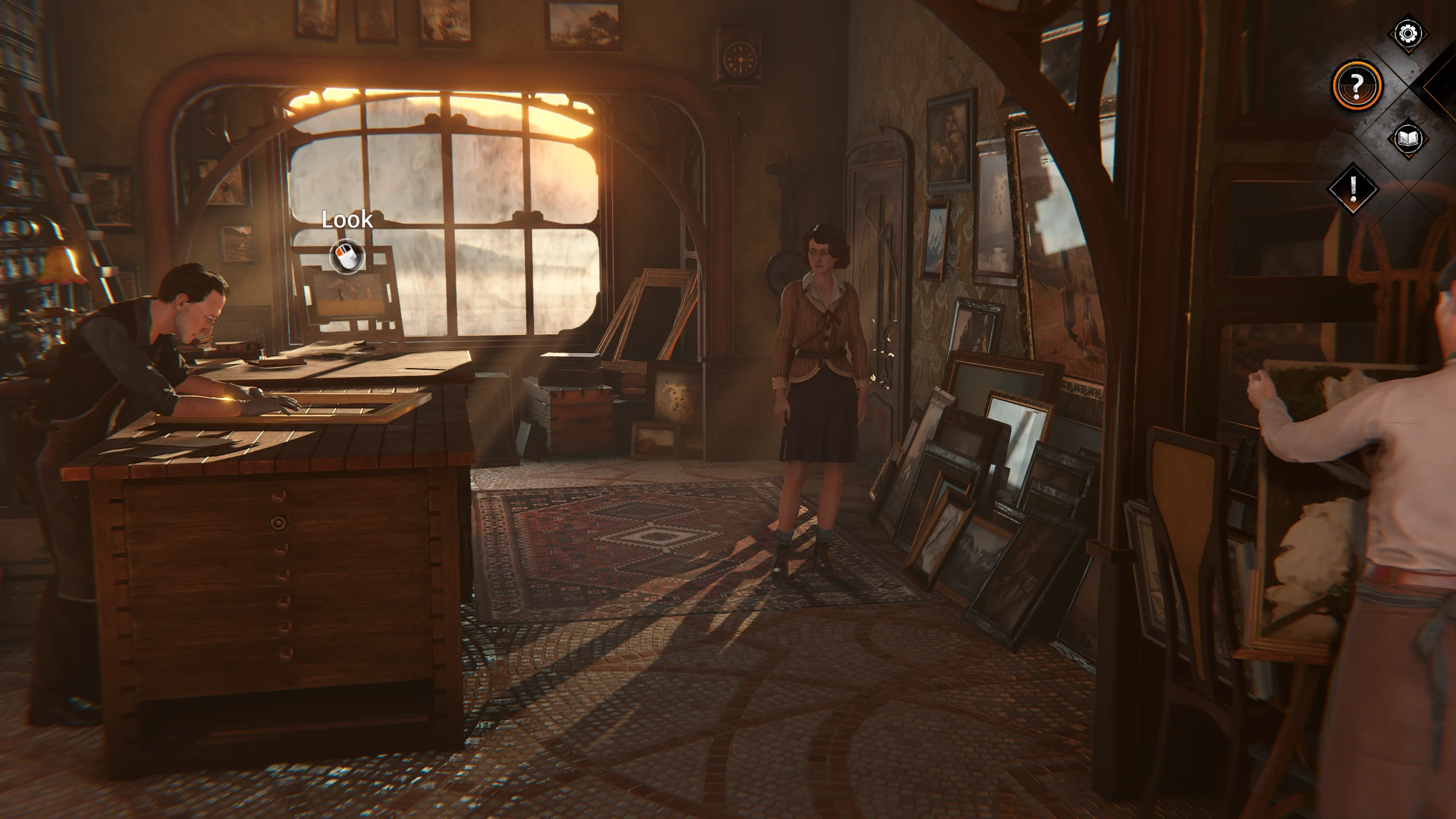
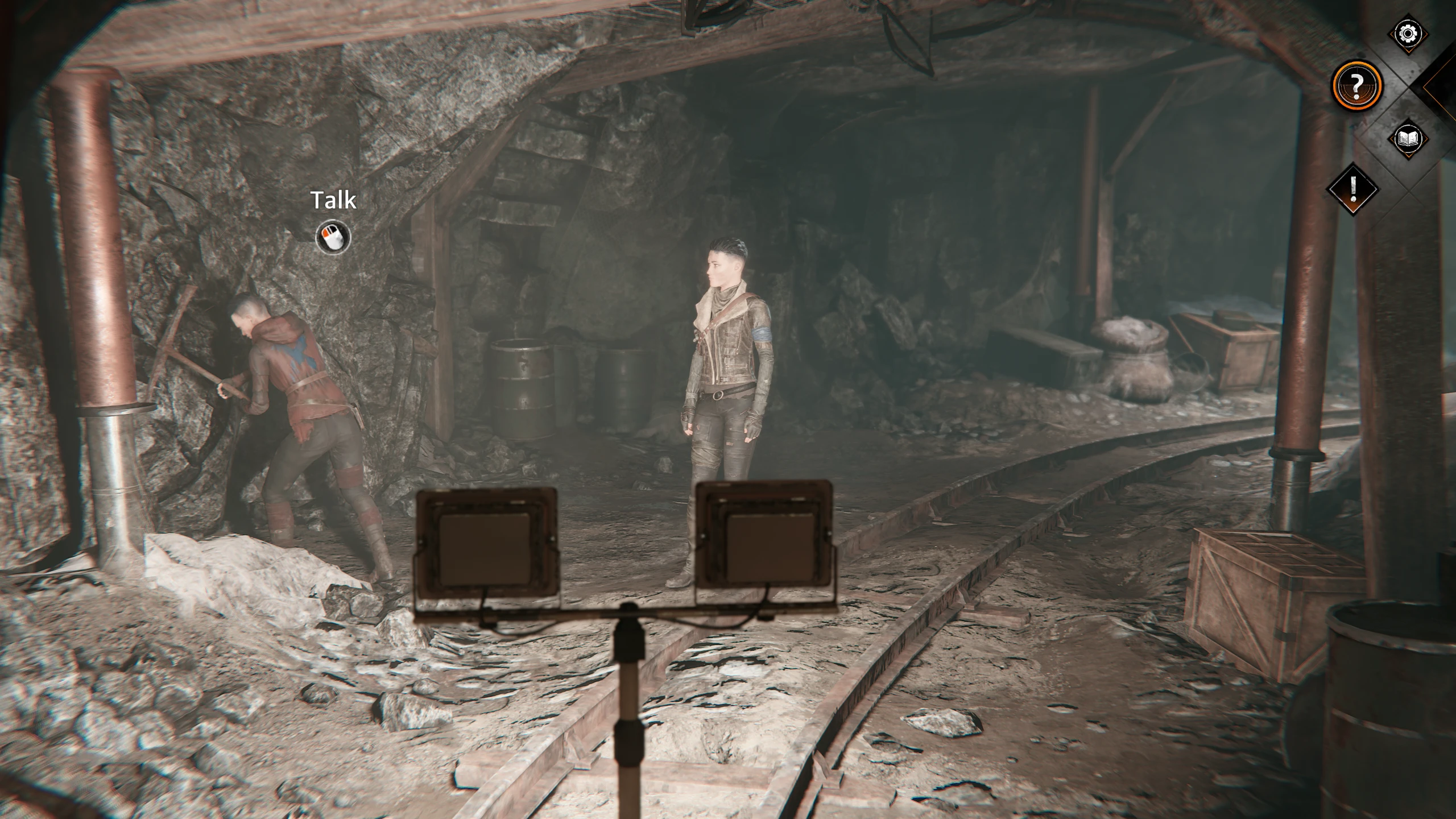
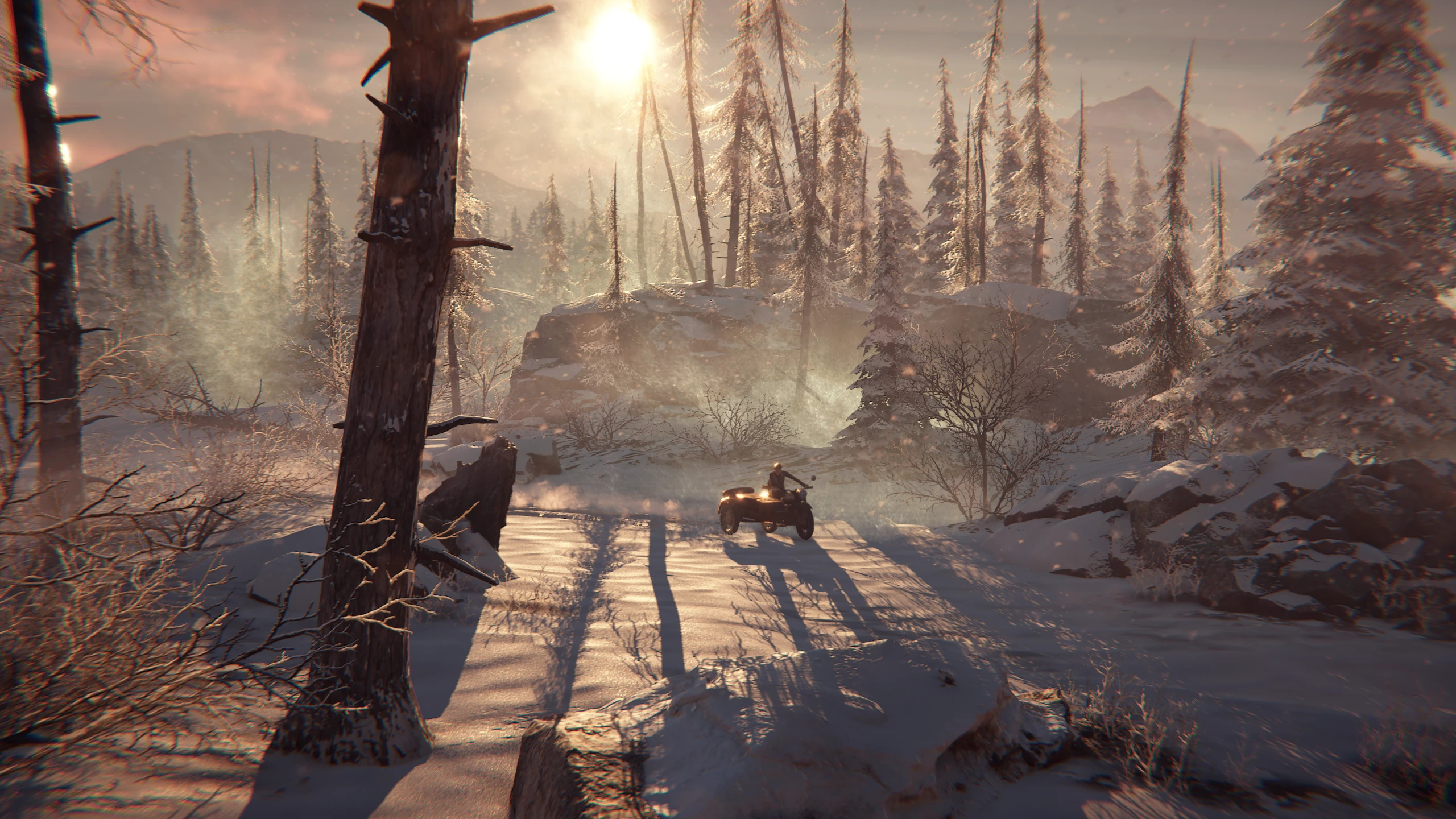
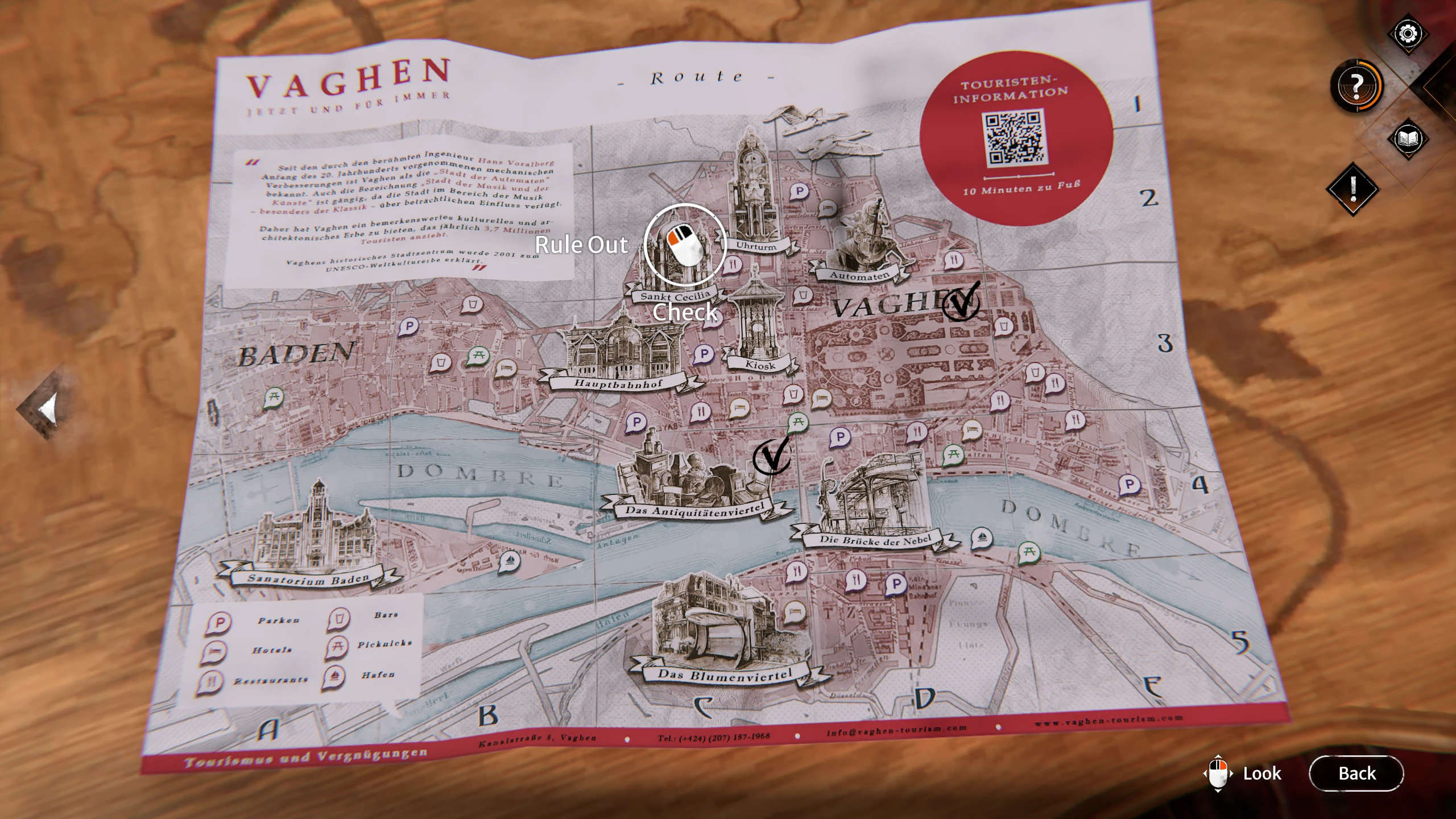
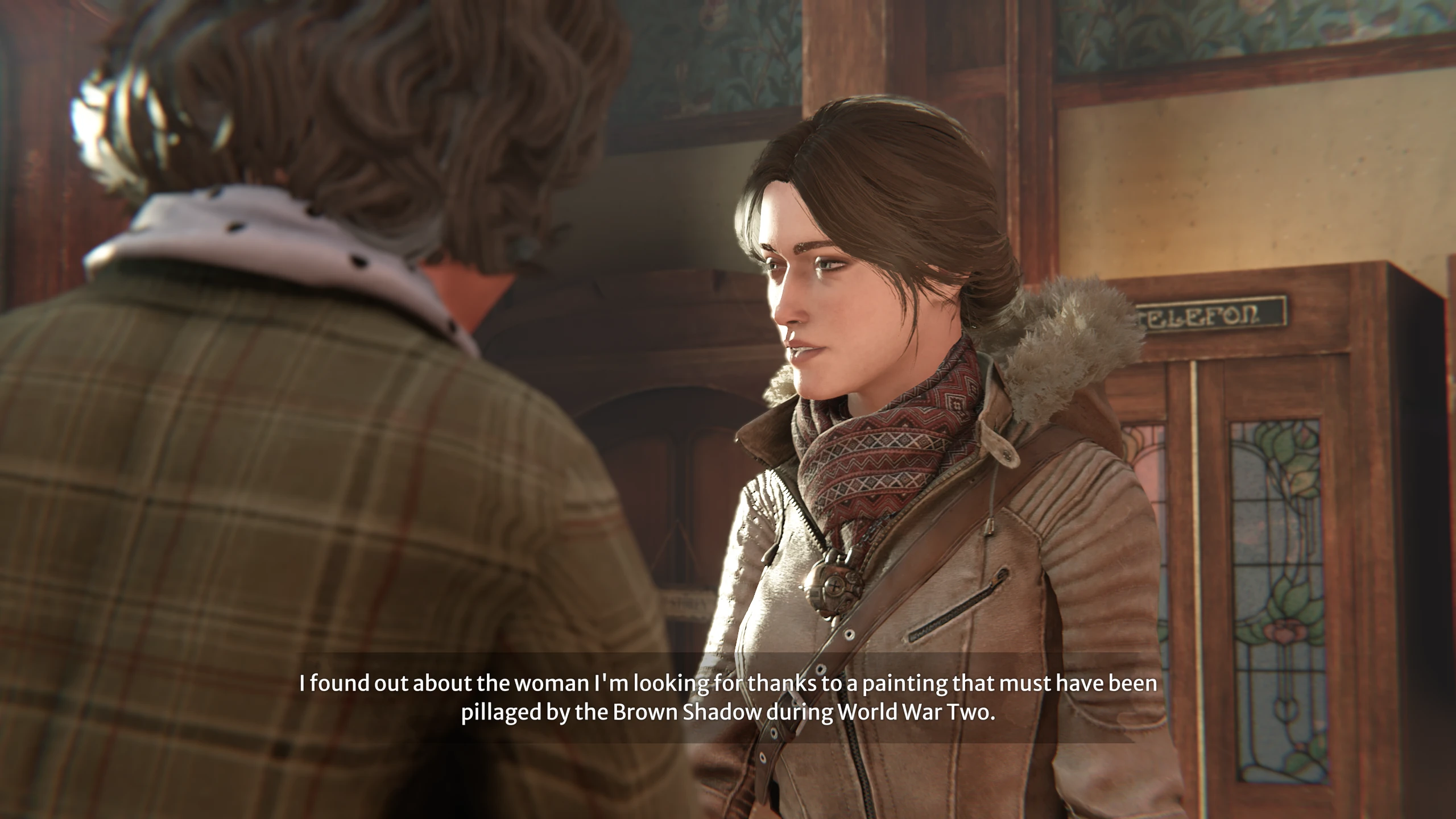
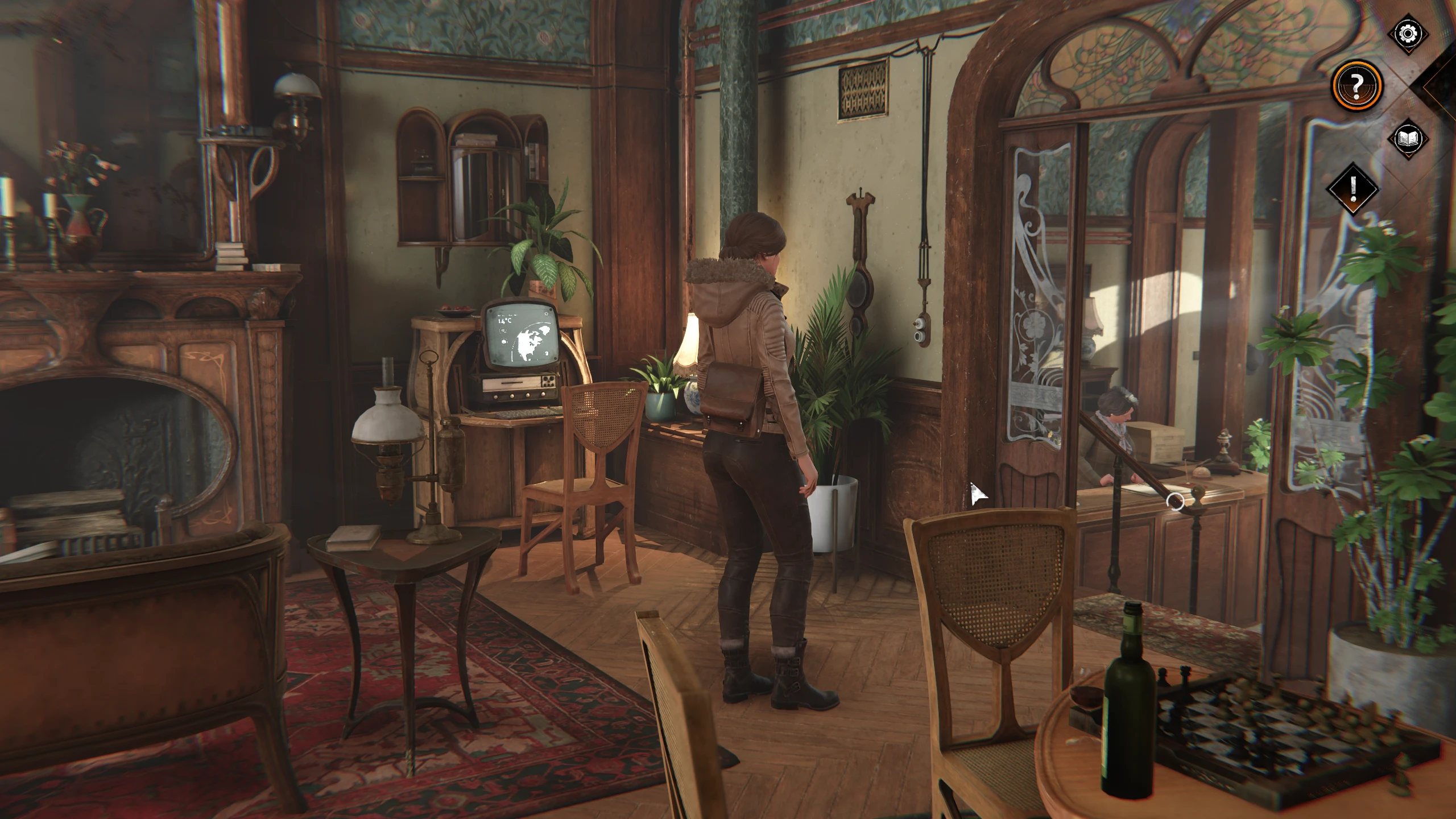
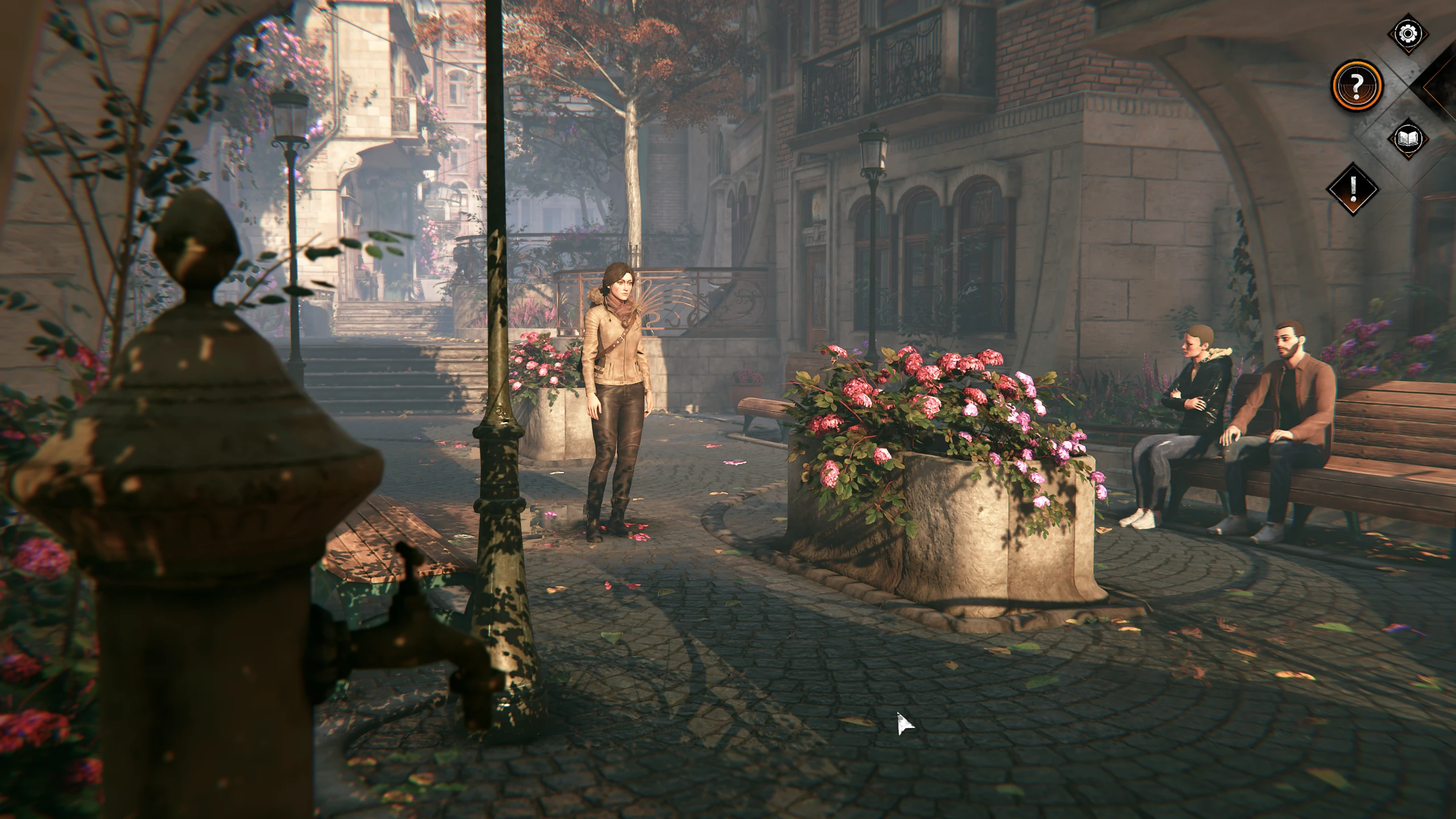
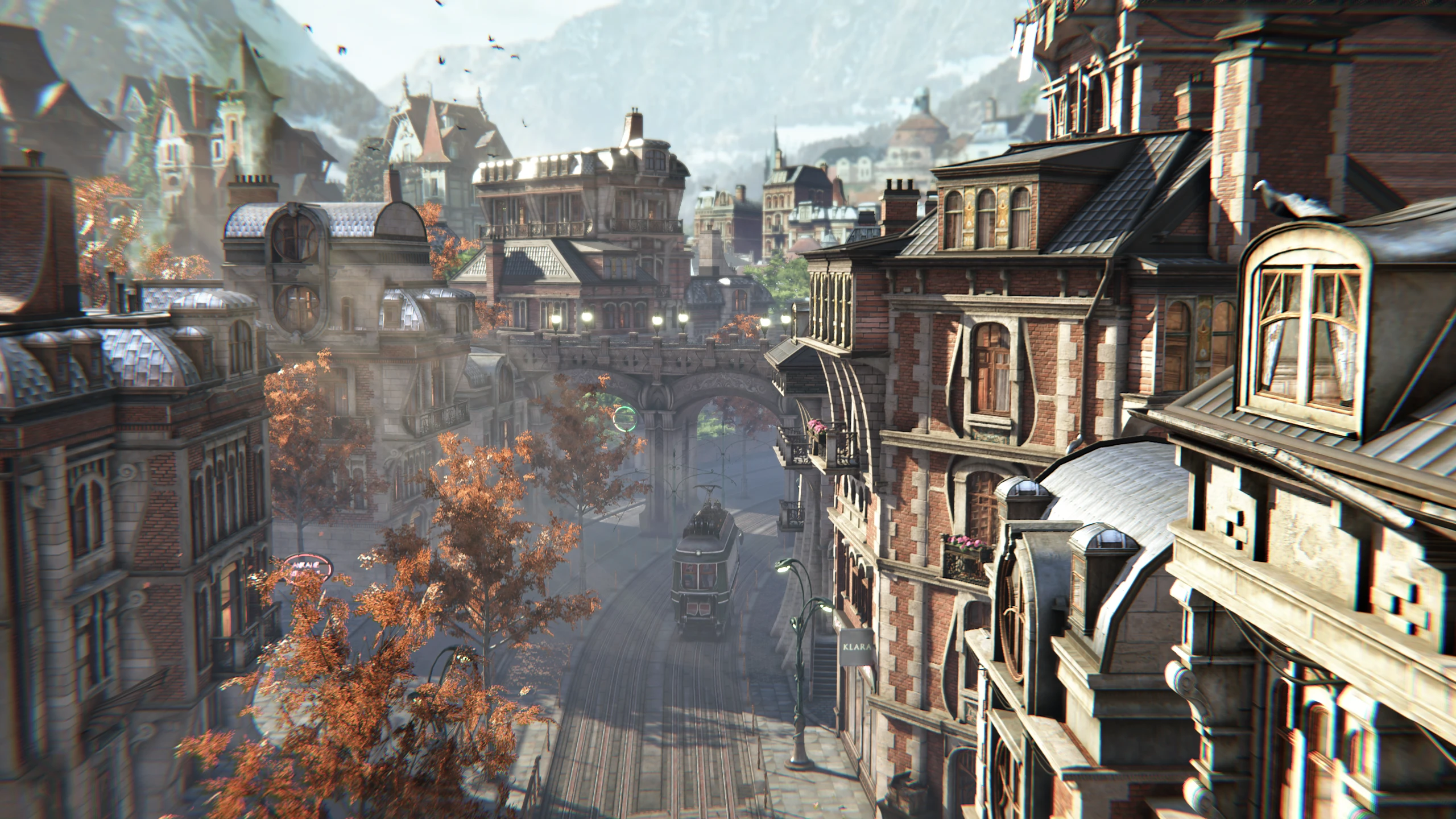
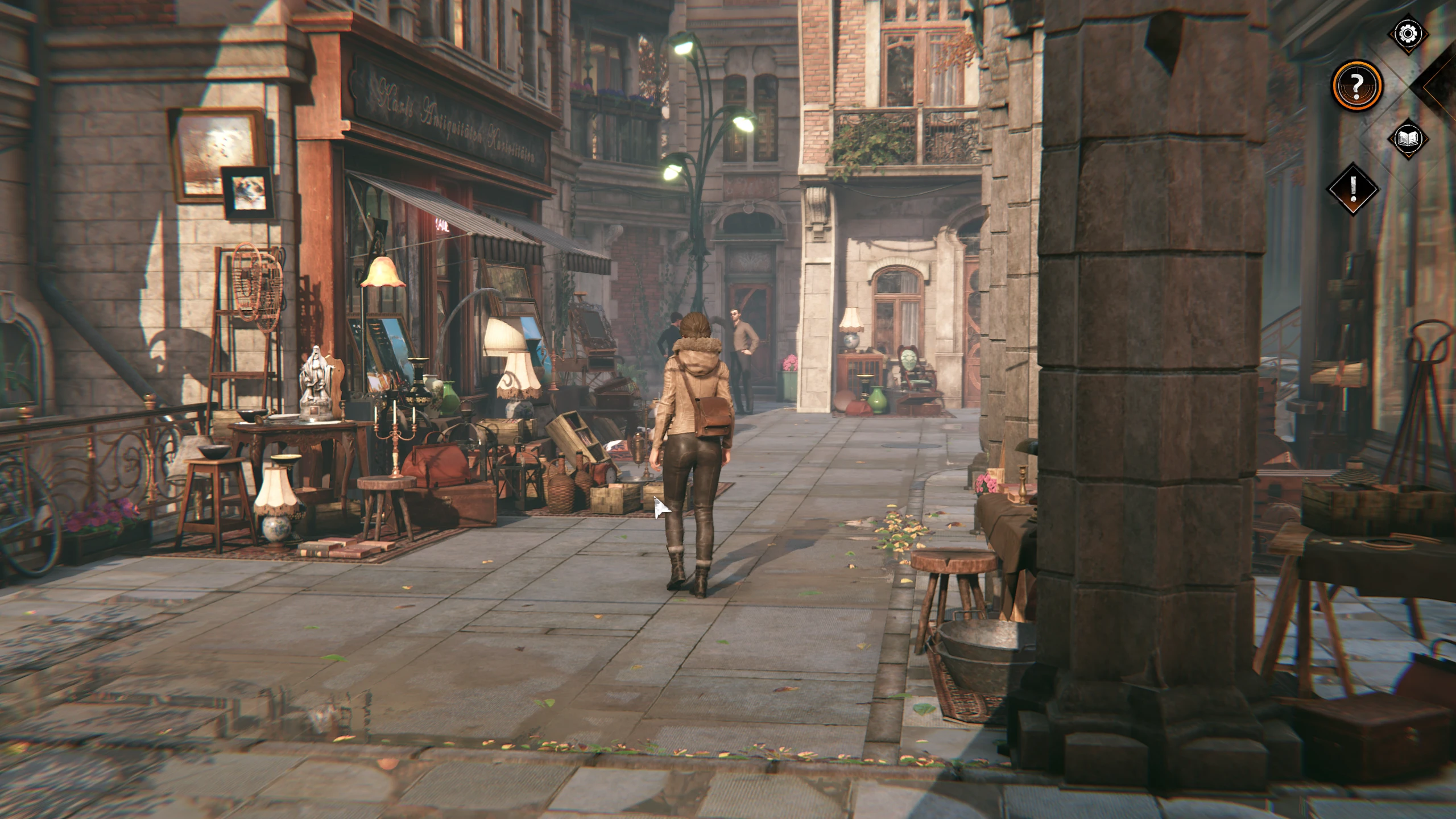


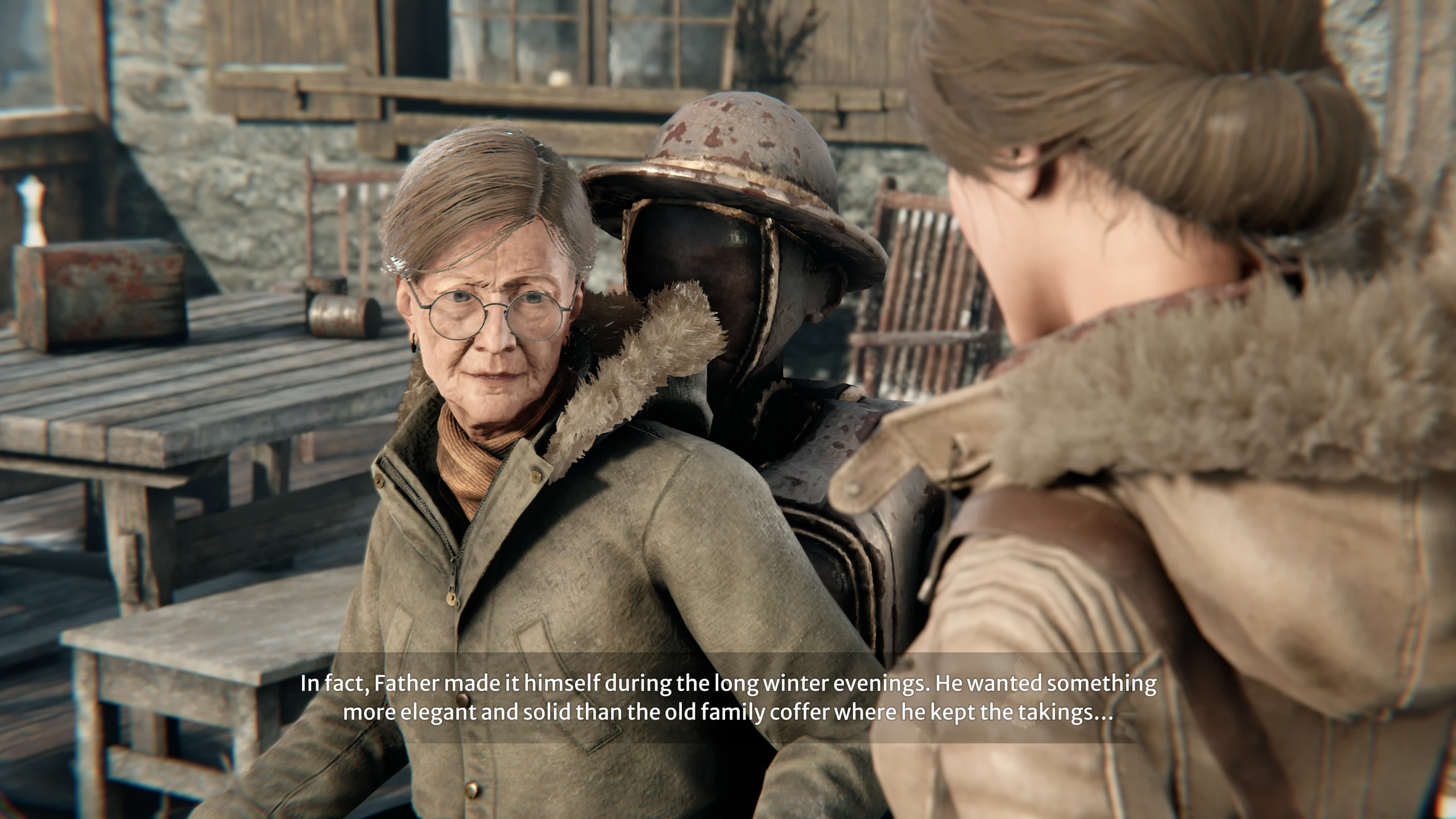
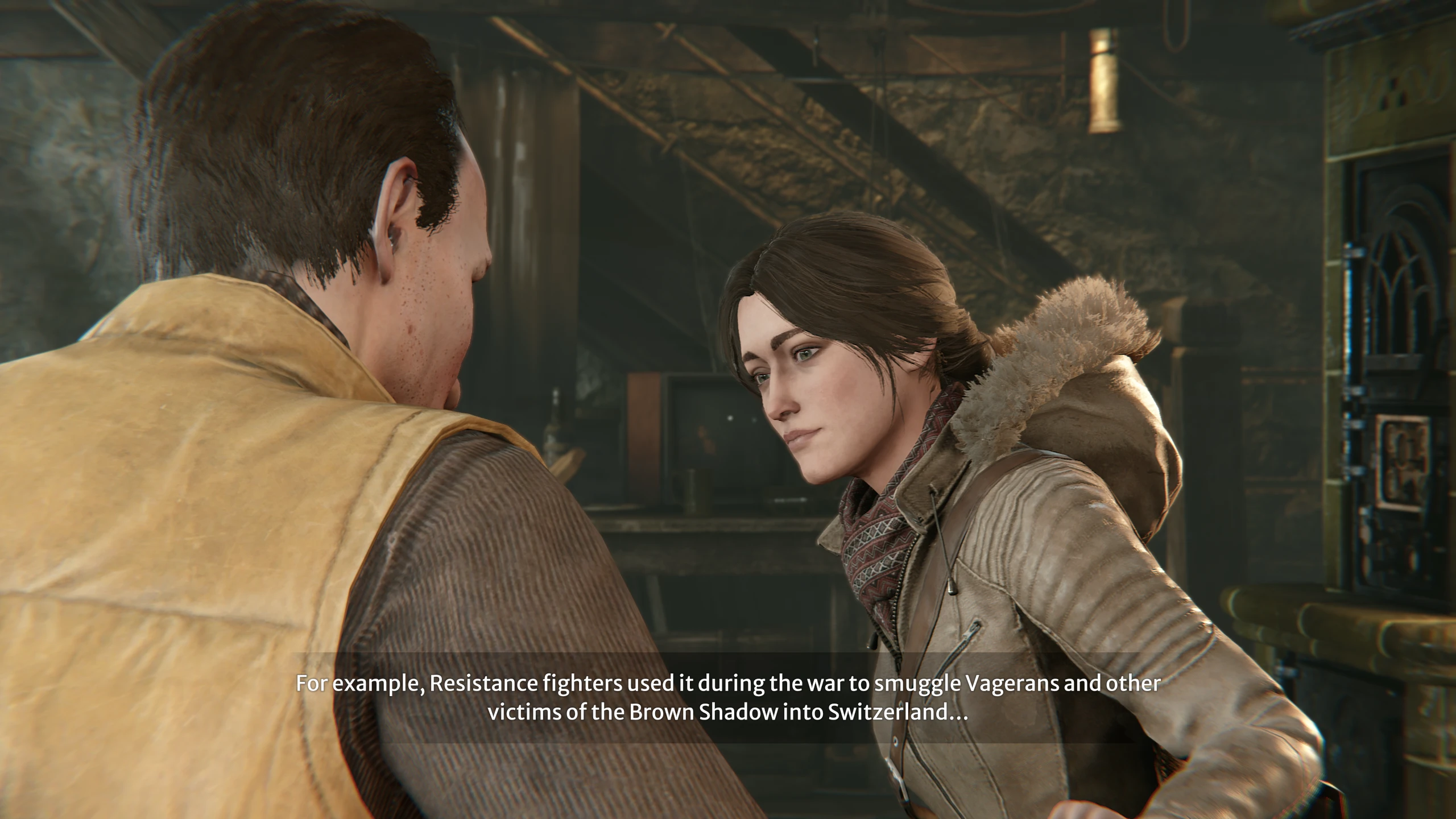
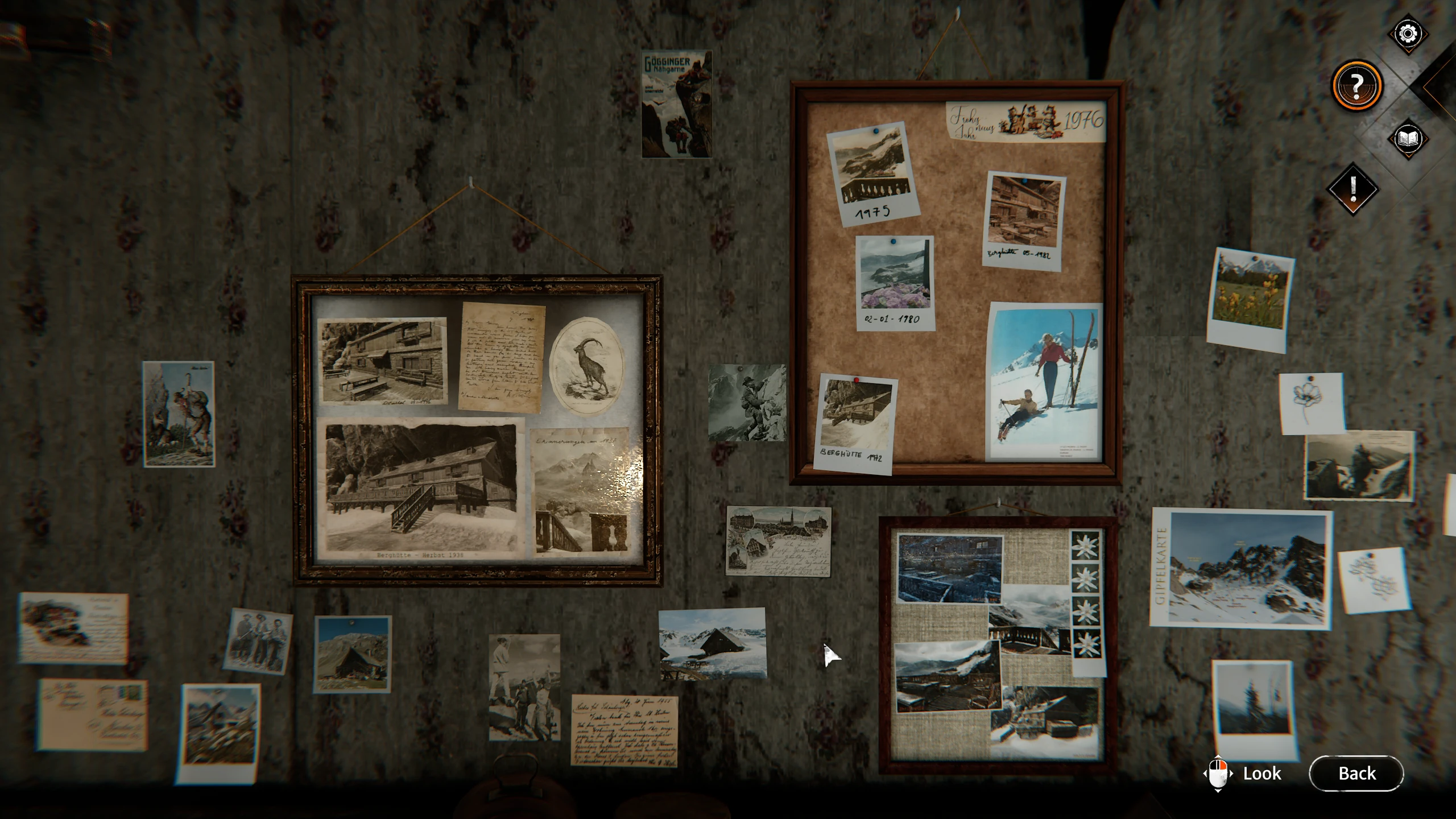
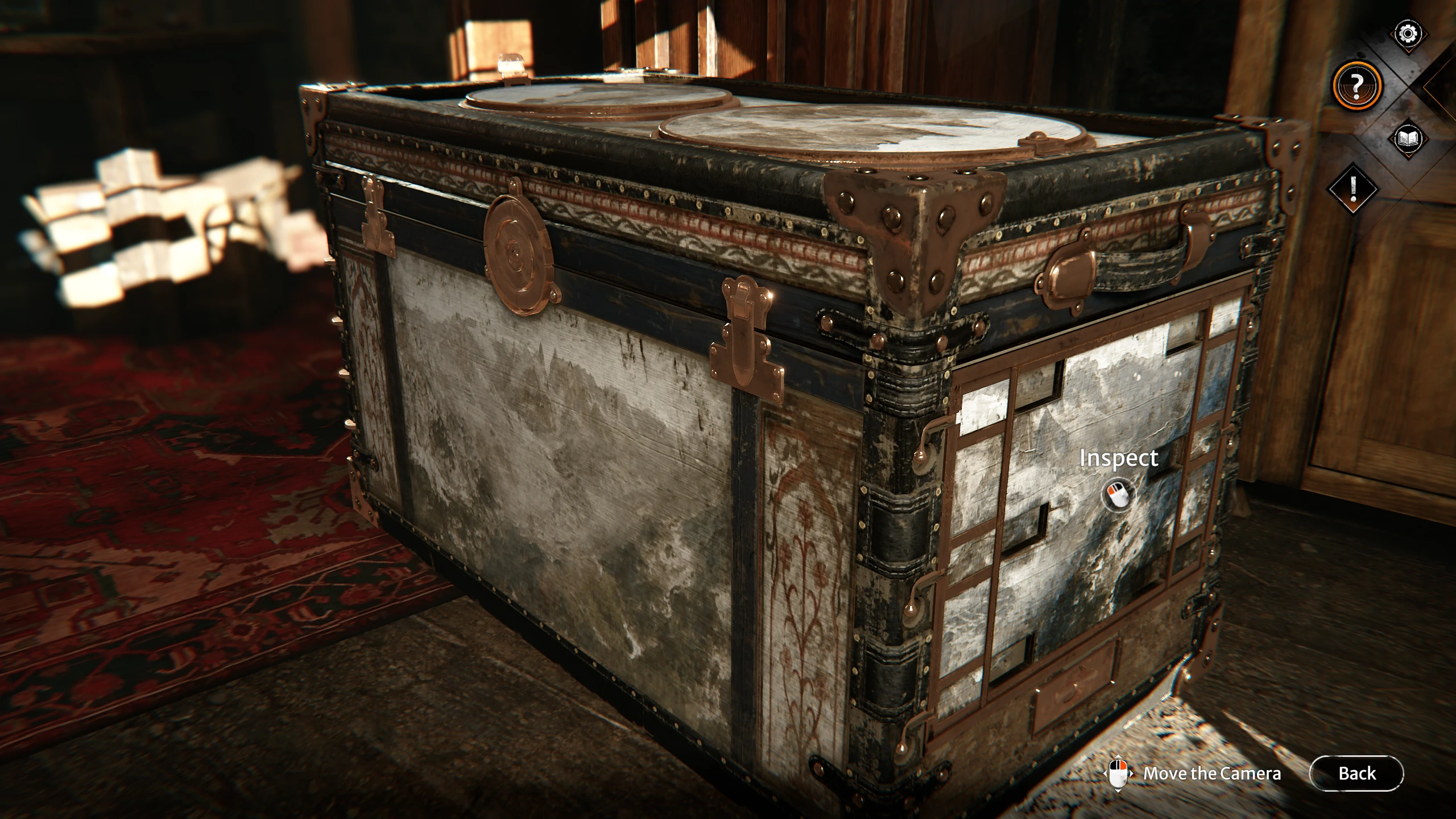

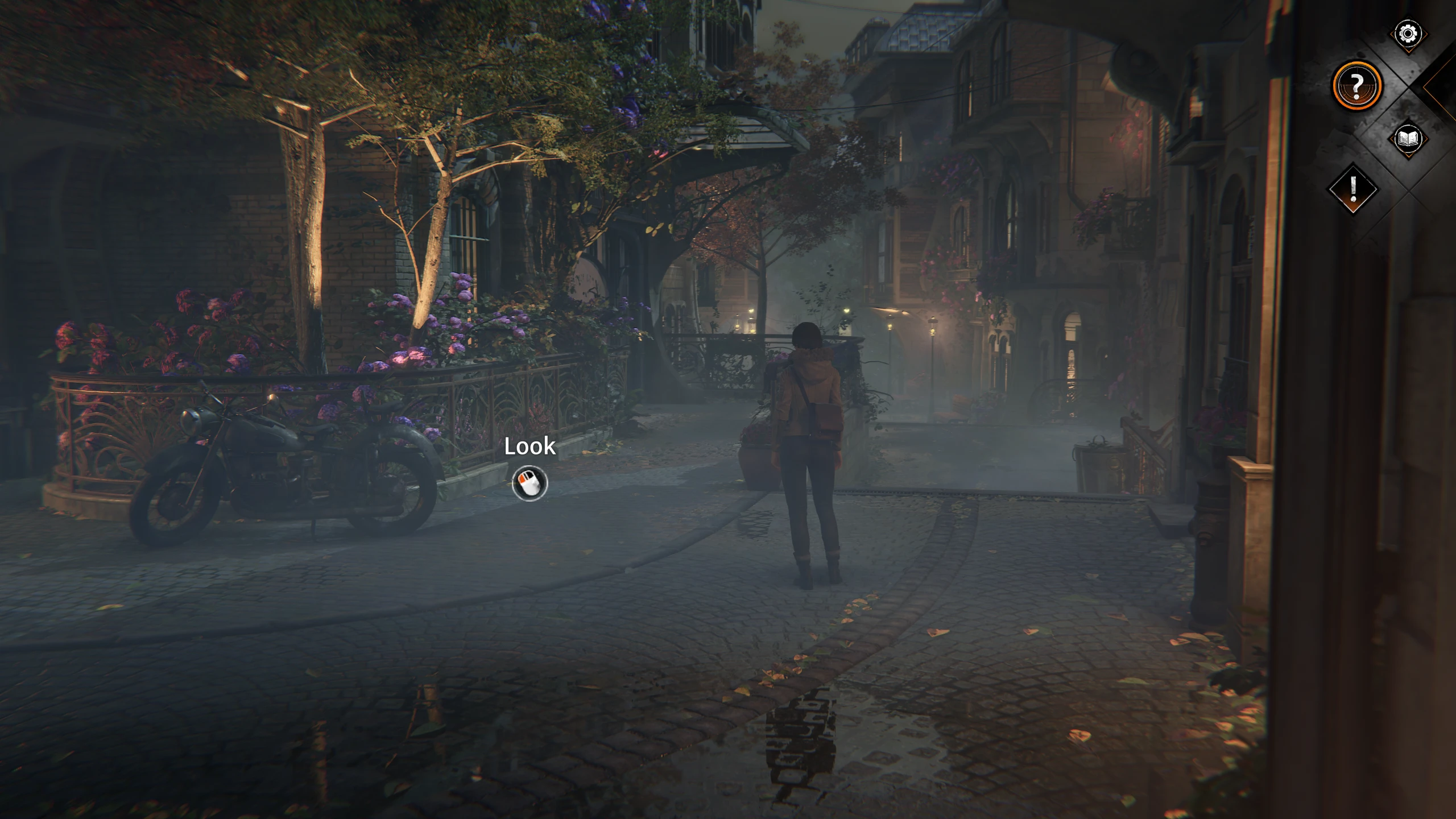
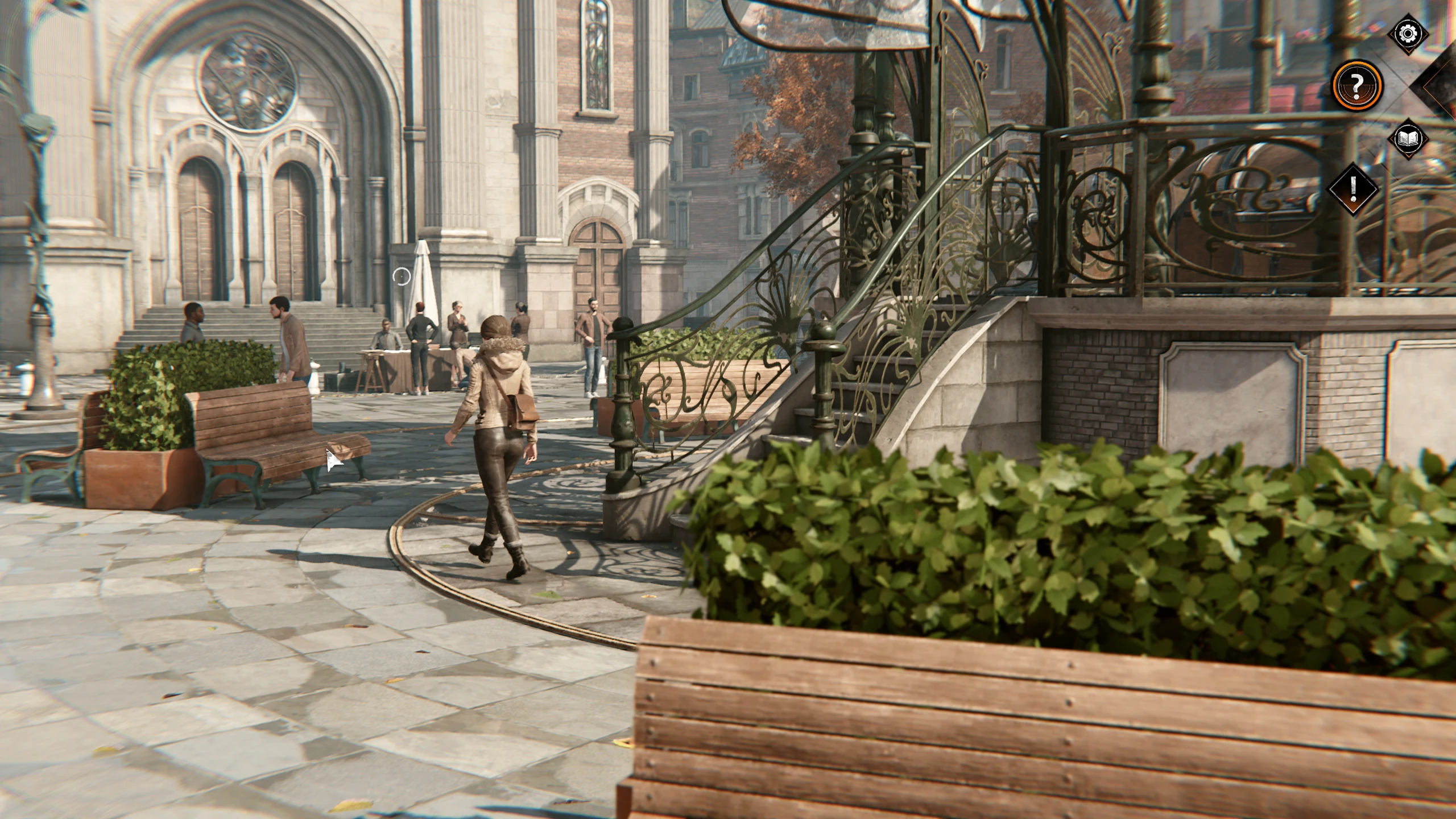
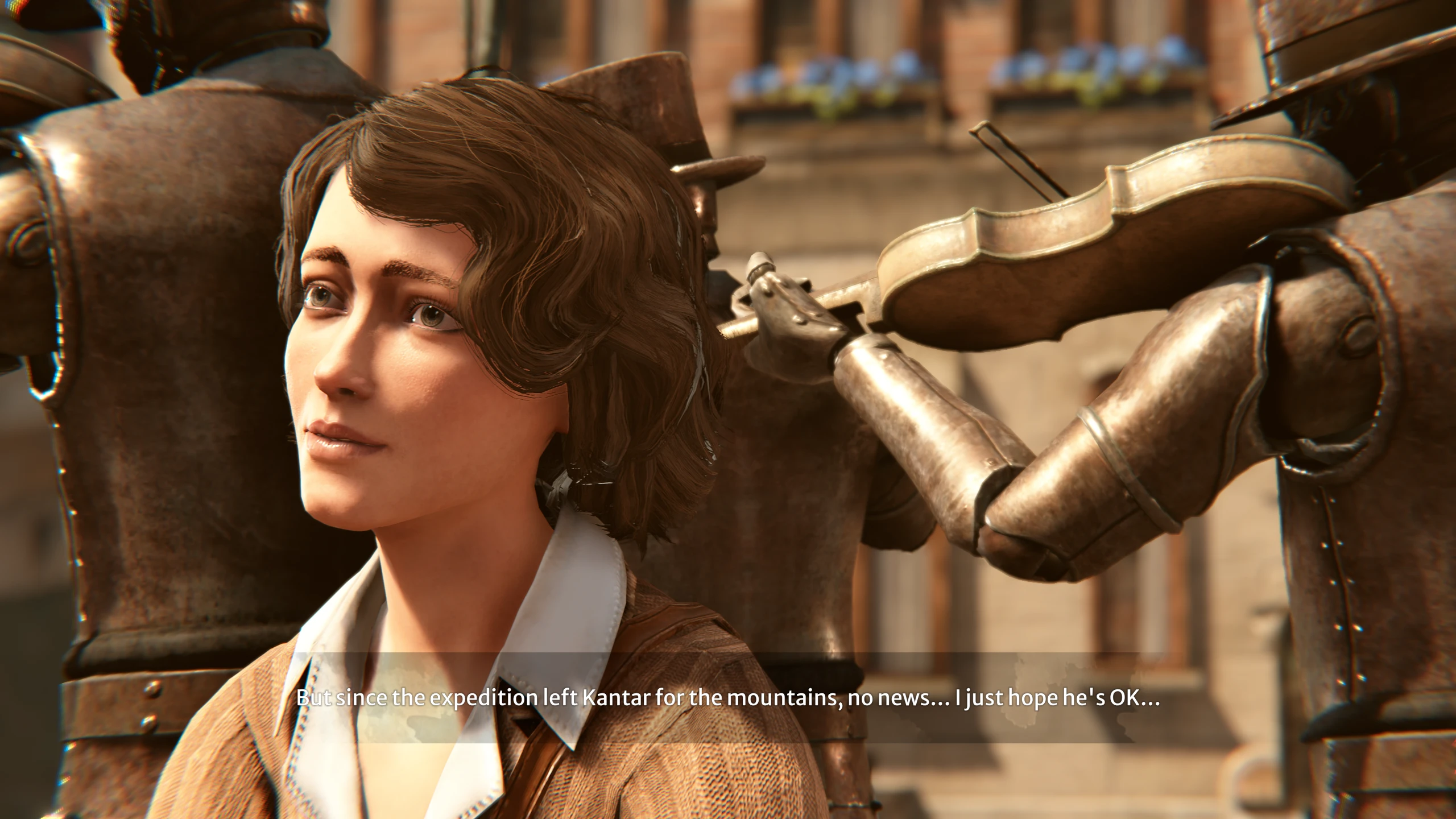
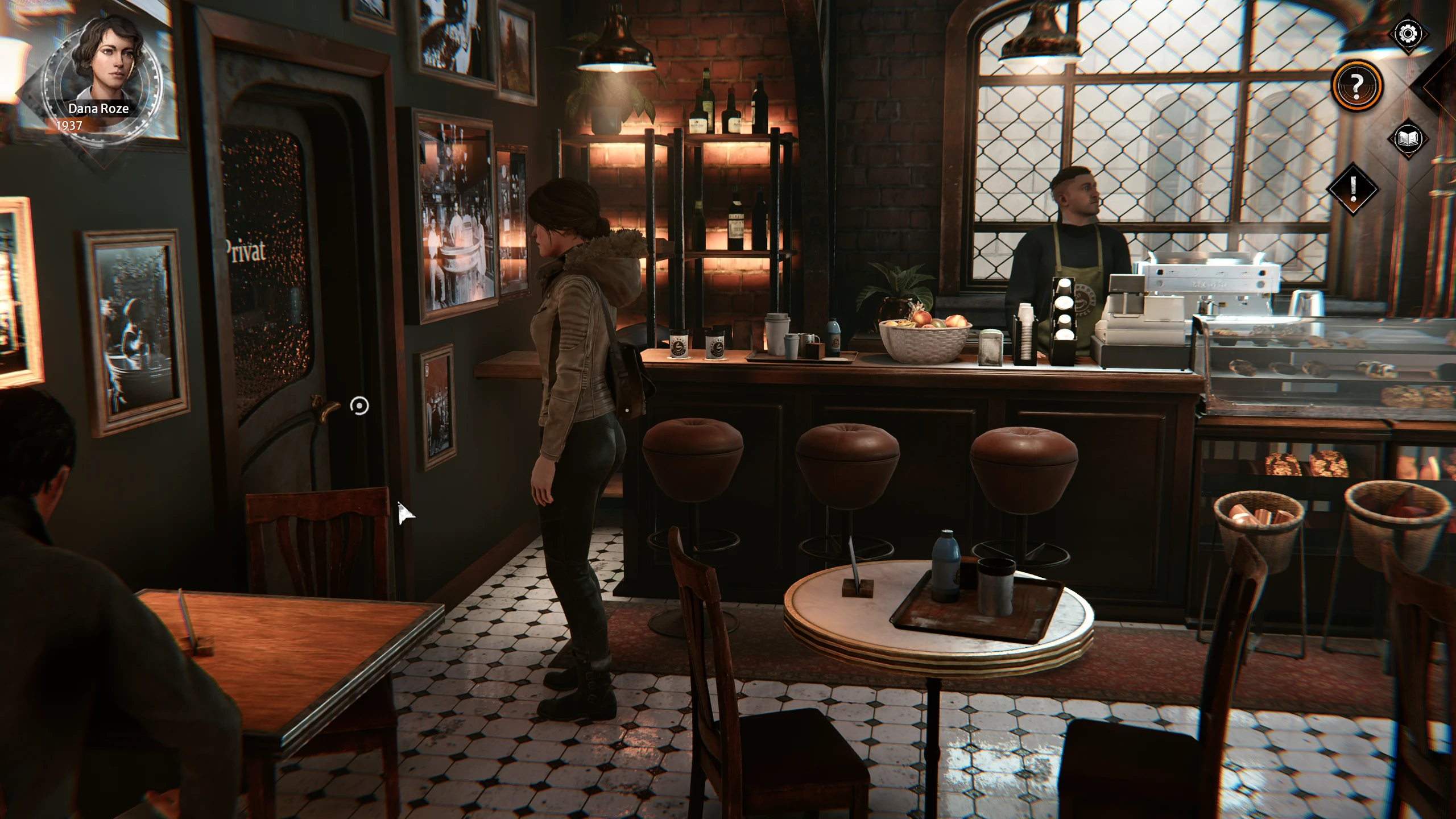
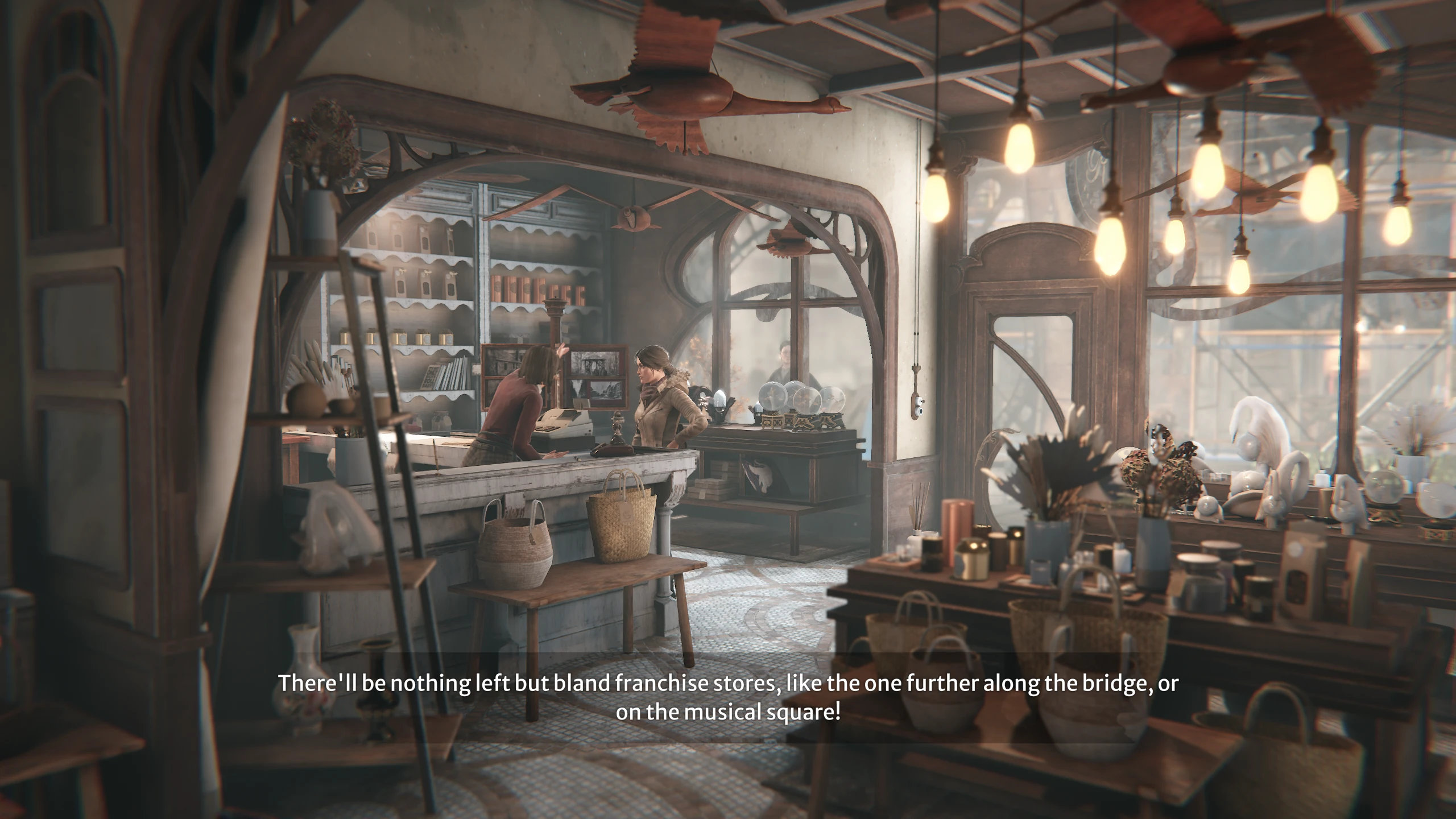
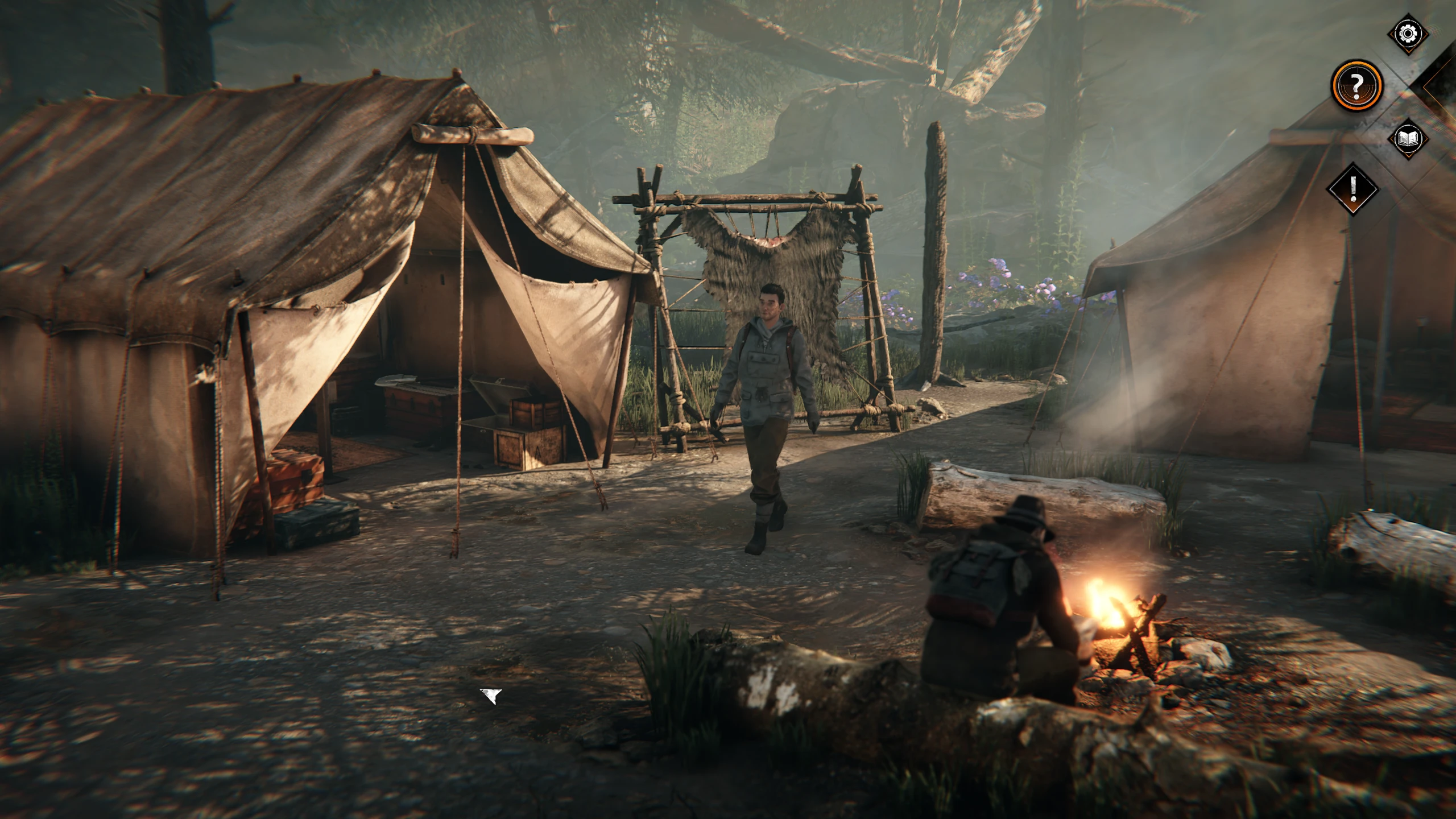
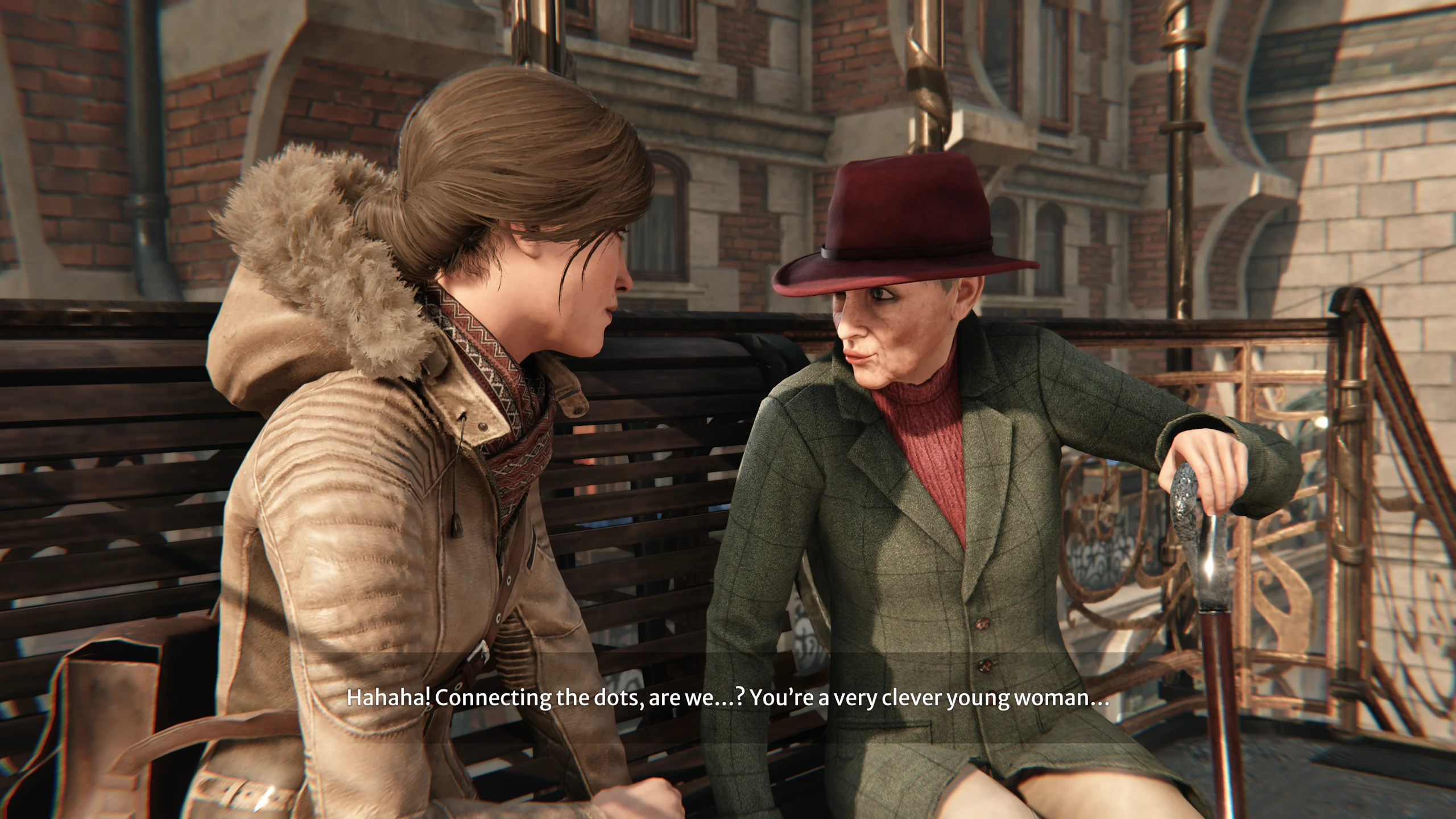
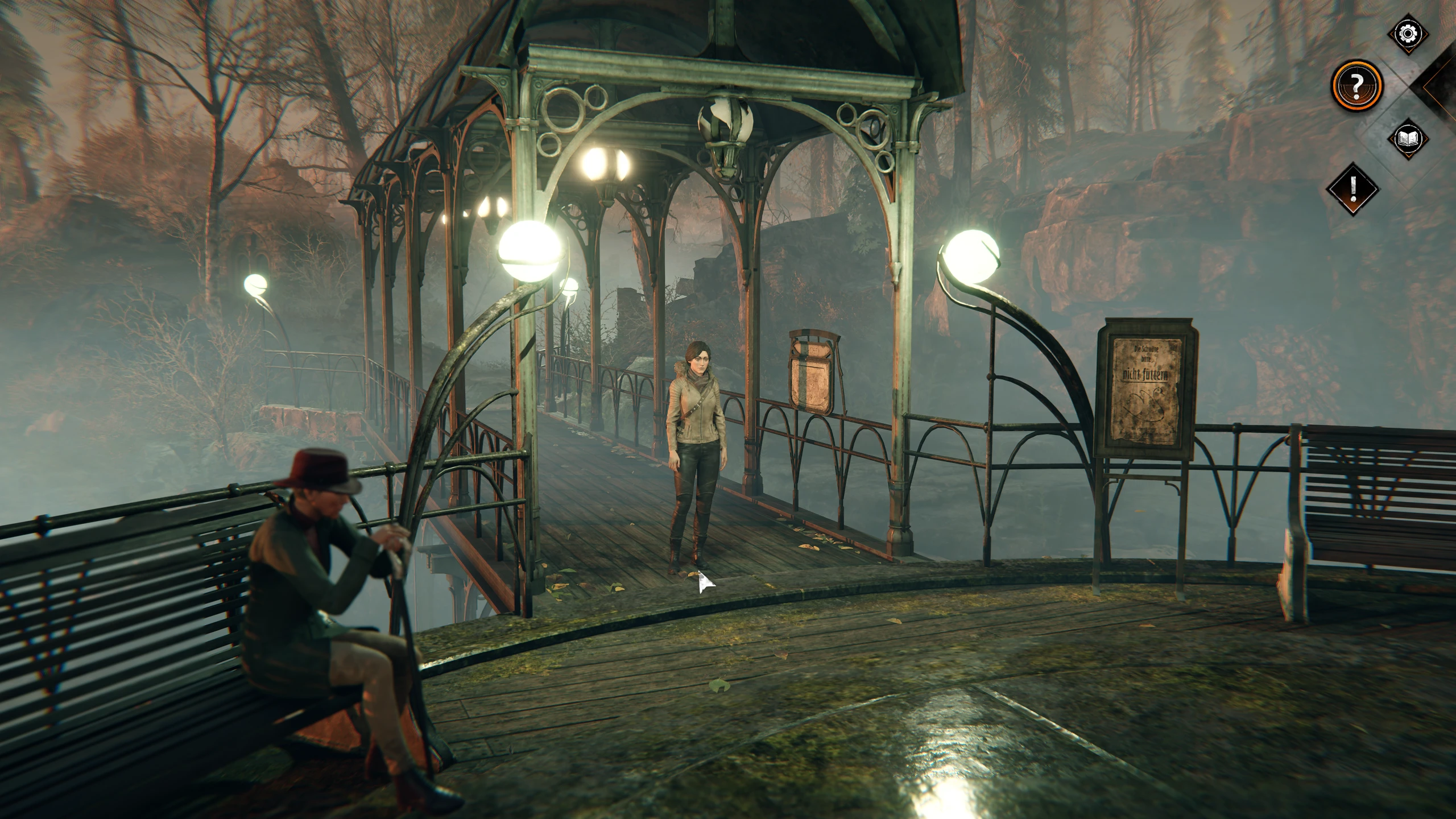
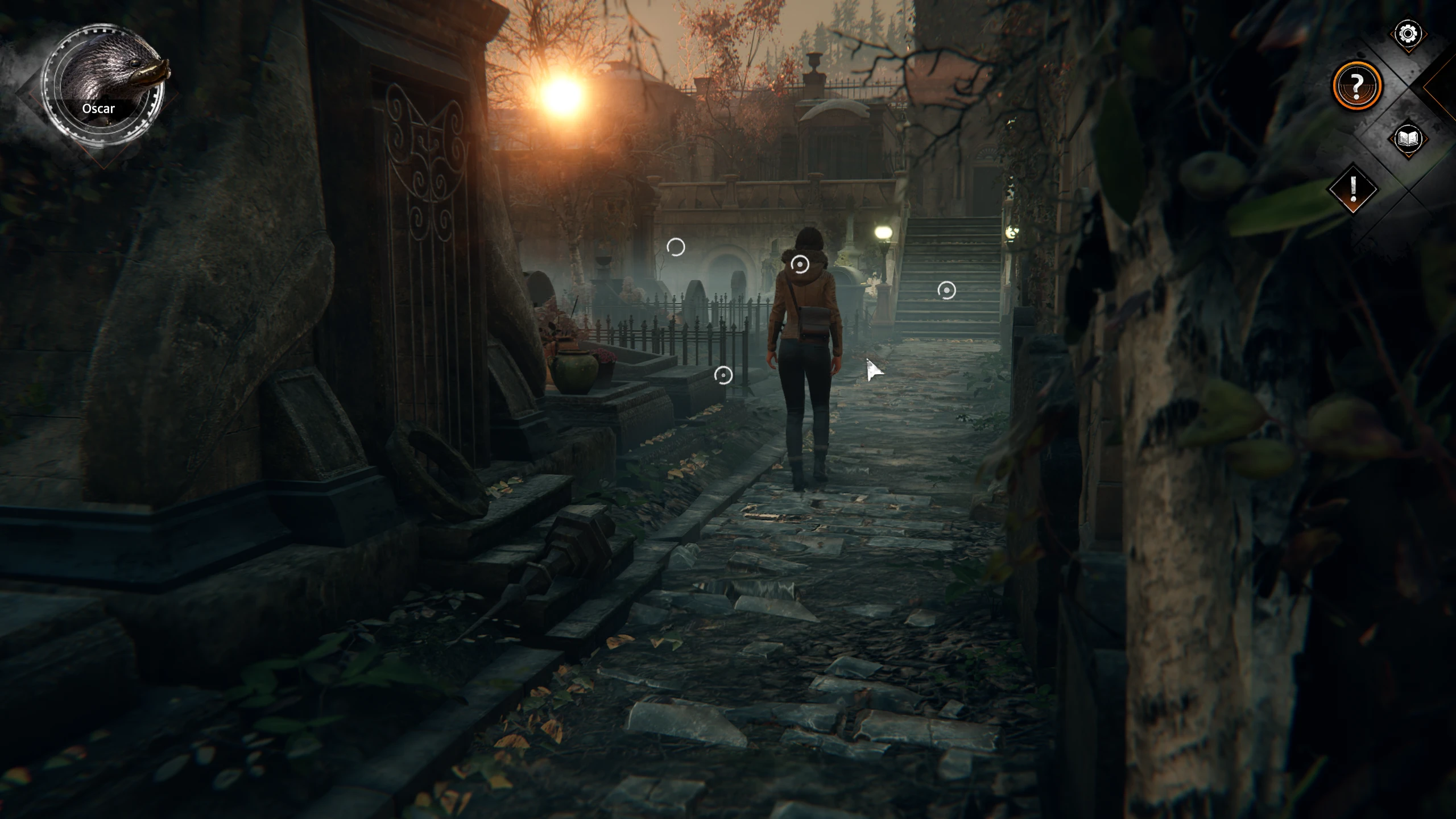
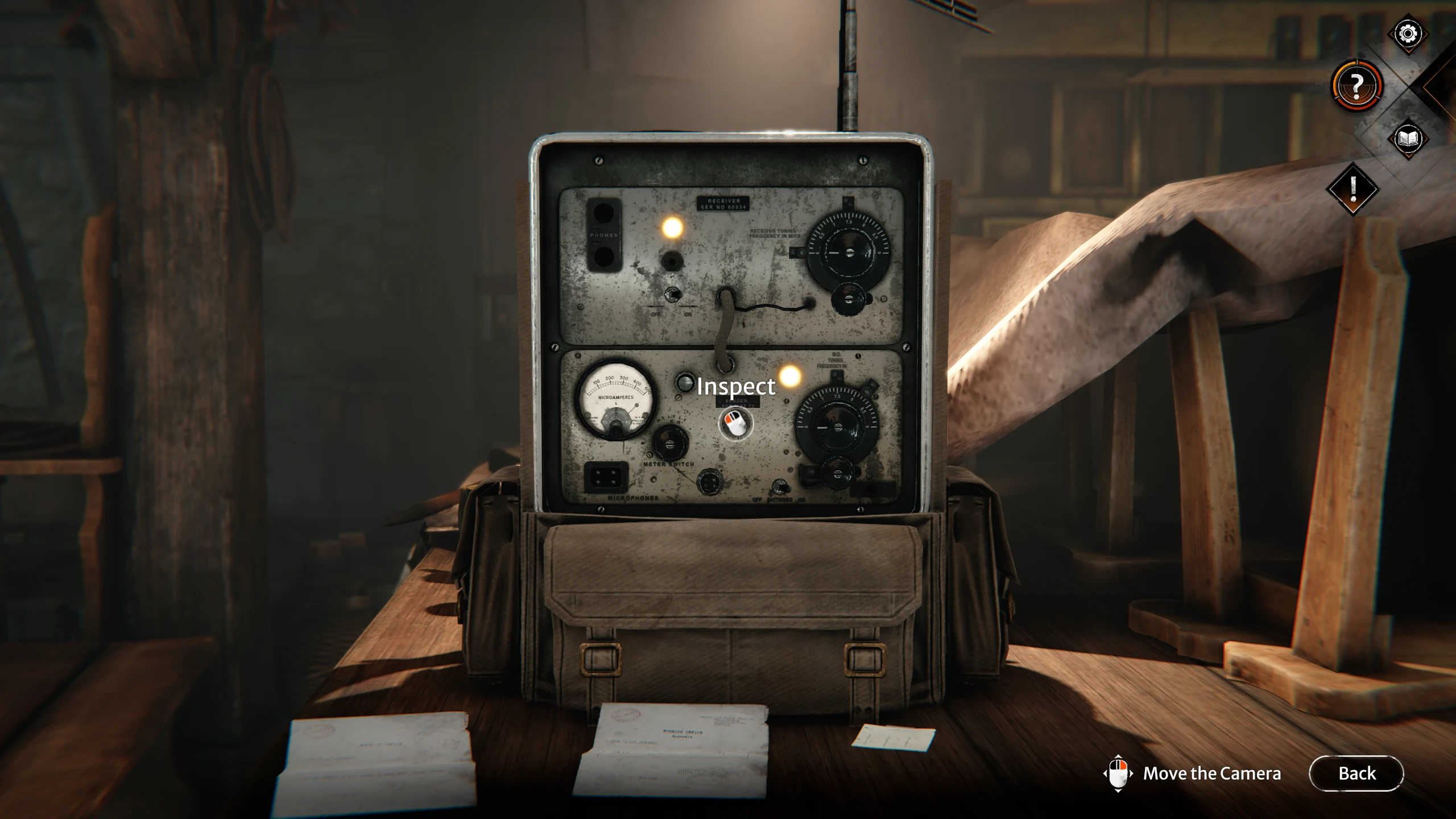
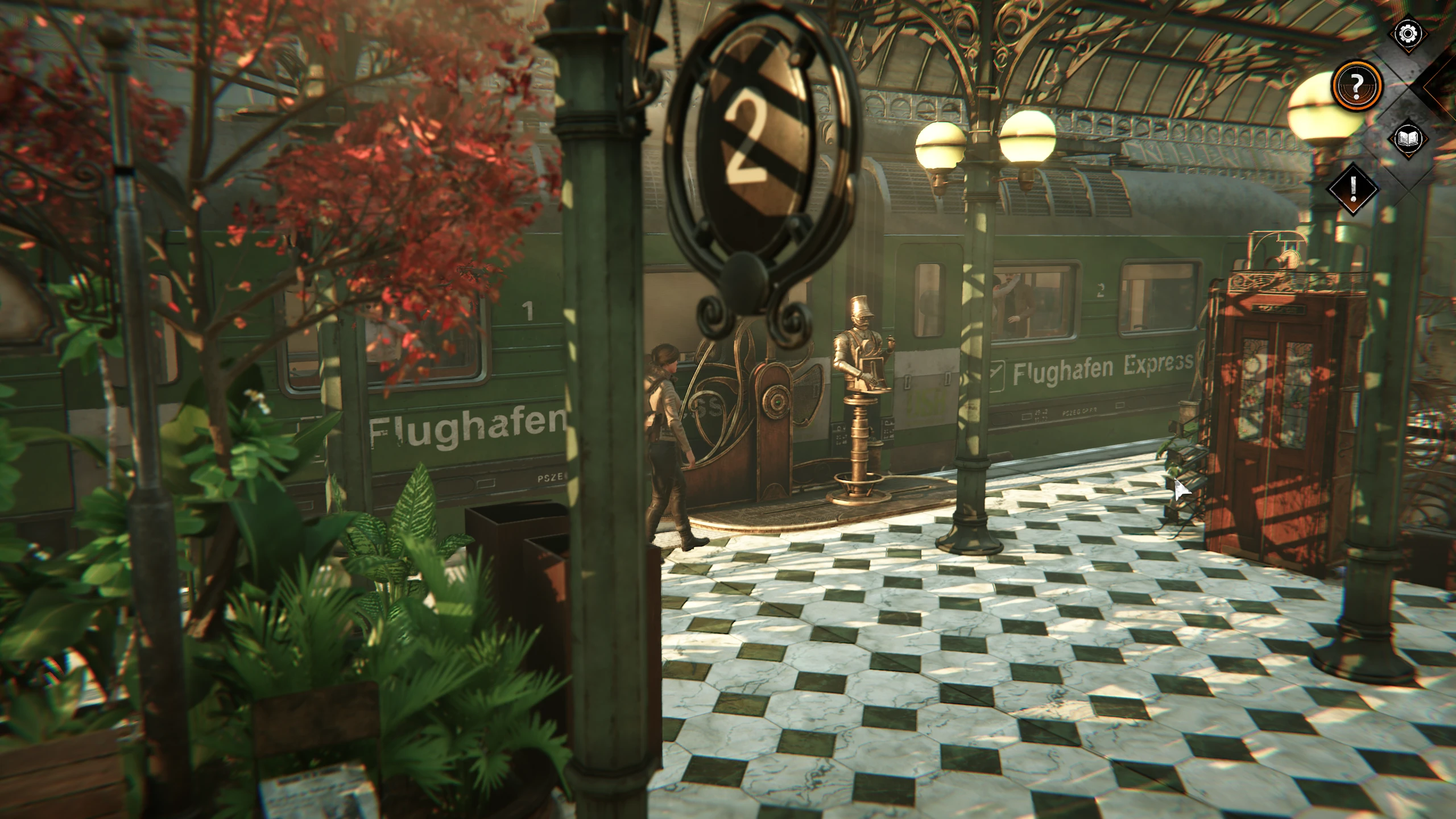
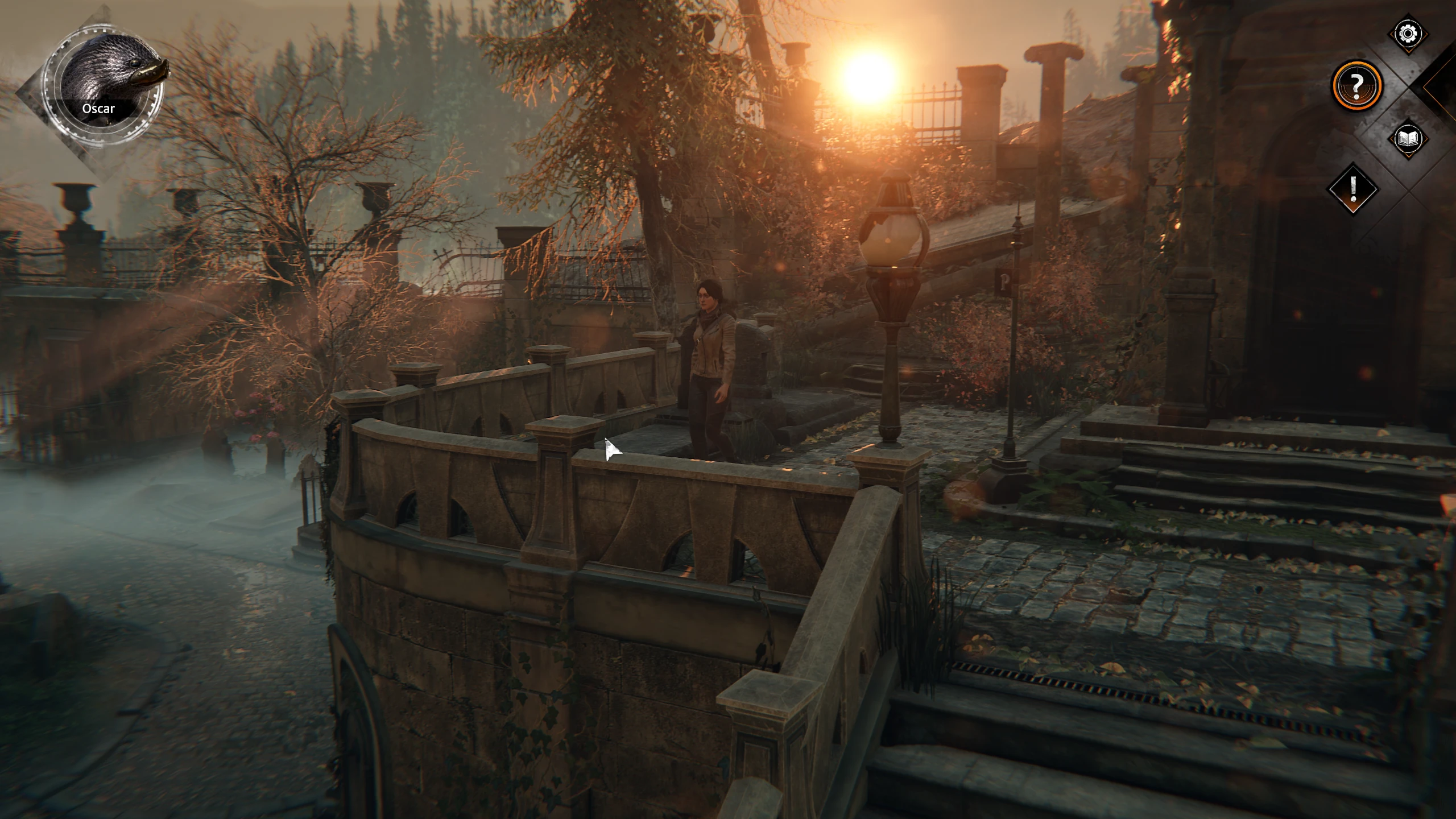
RATING - 84%
84%
Reminiscing about past lives
After the misstep of the third installment, Syberia: The World Before offers us that warm sense of melancholy and magical realism that the series is known for. If it had a few more challenging puzzles, it could have been the best in the series so far. Thanks for everything Mr. Sokal...

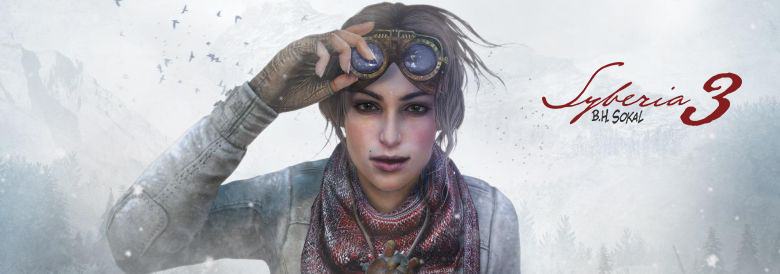
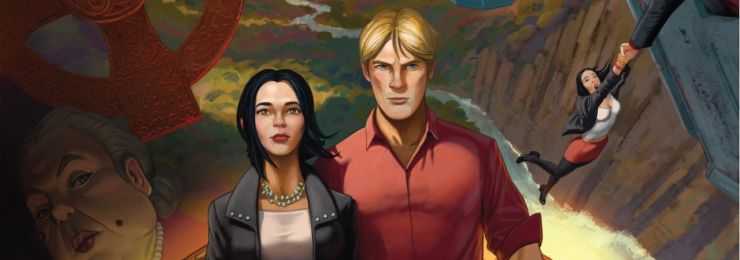


Ψήνομαι, ακόμα και αν η έλλειψη σοβαρών γρίφων ήταν κάτι που περίμενα.
Το Syberia 3 δεν το έχω παίξει ακόμα (βρίσκεται στη Steam library από κάποιο bundle – ούτε που θυμάμαι πως), αλλά με αυτά που διαβάζω για ιστορία/τεχνικά προβλήματα κλπ, μάλλον σε κανένα youtube θα το παρακολουθήσω για να κάνω catchup.
Μου άρεσε πολύ η παρουσίαση, Αδάνιε.
Χαίρομαι που επιβεβαιώνεται το ζεστό και ‘Ορθόδοξο’ βάιμπ που μου άφησε ο πρόλογος και θα το ξεκινήσω μόλις τελειώσω το God of War που με παιδεύει το τελευταίο τετράμηνο. Ζώρζ, δεν χρειάζεται καν να βασανιστείς με YouTube Syberia 3, καθώς το World Before περιλαμβάνει ένα πλήρες recap video των τριών πρώτων παιχνιδιών, το οποίο δείχνει όσα ακριβώς πρέπει από το τρίτο μέρος.
(Spoiler Alert : Δεν χάνεις απολύτως τίποτε.)
Ωραίο το review και ευτυχώς ήταν αυτό που ήθελα να διαβάσω. Ένας καλός από όλες τις πλευρές τίτλος, αντάξιος των 2 πρώτων. Στην ίδια περίπτωση με τον [USER=102595]@Sephir[/USER] και εγώ, αγόρασα το 3ο μέρος από το eneba περίπου 1 ολάκερο γιούρο περιμένοντας να το παίξω κάποια στιγμή αλλά ακόμα τζίφος.
[QUOTE=”Sephir, post: 595825, member: 102595″]
αλλά με αυτά που διαβάζω για ιστορία/τεχνικά προβλήματα κλπ, μάλλον σε κανένα youtube θα το παρακολουθήσω για να κάνω catchup.
[/QUOTE]
Λάθος!
Να ασχοληθείς μαζί του και δεν θα το μετανιώσεις.
Με gamepad το παιχνίδι πετάει ενώ τα τεχνικά προβλήματα είναι αμελητέα και δεν χαλάνε την εμπειρία.
Το πολύ-πολύ, αλλάζεις την ομιλία στα γαλλικά με αγγλικούς υποτίτλους και συνεχίζεις ακάθεκτος.
Το 3 έχει λάβει κακές κριτικές, αλλά τις θεωρώ υπερβολικές, και μέρος του μπούγιου που συνηθίζεται στην gaming κοινότητα.
Άντεξα να παίξω σχεδόν το 80% του τρίτου και το παράτησα λίγο πριν το φινάλε (έχω γράψει γι’αυτό παλαιότερα στο φόρουμ), όταν συνάντησα τον γελοιότατο γρίφο με το φάρμακο του ωρολογοποιού. Σαν σύνολο είναι ένα πολύ μέτριο ‘eurotrash’ adventure, από εκείνα που παίζαμε τις ζοφερές ημέρες των πρώτων 00’ς, που έψαχνες τα adventures με το τουφέκι και συμβιβαζόσουν και με τον τραχανά. Σε καμία περίπτωση αντάξιο του βαριού του ονόματος.
Εχοντας λιωσει του κοσμου τα adventures τα καλοκαιρια μου (απο τα myst εως τα syberia, απο το grim fandango εως τα monkey island, τα longest journey και τελος την καλη telltale) εννοειται πως θα το αγορασω οταν βγει σε sale! Thanks για το review Adhan! Απλα μου επιβεβαιωσες ο,τι ηδη ηξερα! Δεν ξερω ρε σεις αλλα τα syberia που θυμιζουν εντονα κατι απο τα παλια καλα χρονια 🙂
Ps. Οποιος θελει να το αγορασει να παιξει πρωτα το prologue που ειναι δωρεαν στο steam για να παρει μια ιδεα απο το σεναριο!
Μόλις ολοκλήρωσα τον ΥΠΕΡΟΧΟ γρίφο στην Πλατεία της Μουσικής του Βάγκεν, με την Kate. Τί ομορφιά από τα παλιά ήταν αυτή; Τί αίσθηση ολοκλήρωσης και μεγαλείου; Χωρίς να ενέχει κανένα παράλογο στοιχείο, στηριζόμενος στην παρατήρηση του περιβάλλοντος και την ευφυή διασταύρωση πληροφορίων, με έκανε να νιώσω Σεϊχης της Σκέψης, Λεγάτος της Λογικής και δε συμμαζεύεται ασούμ. Τεράστιο ρεφάρισμα μετά το φρικτό γρίφο του ρολογά με τα χάπια στο ατυχές τρίτο μέρος της σειράς.
Από τις καλύτερες στιγμές του παιχνιδιού, σίγουρα. Μόνο μου παράπονο που δεν είχε έστω άλλο ένα puzzle τέτοιας έκτασης.
Απο τις καλυτερες στιγμες ολης της σειρας εννοειται!
Θεοί, ΤΙ ΕΠΟΣ, τί σκληρό κατοστάρι ήταν αυτό; Νομίζω με διαφορά το κορυφαίο Syberia ΟΛΩΝ. H δε εξομολόγηση της Kate στην Olivia στο τηλέφωνο (‘Ι am the person who boards that train without destination…’) ήταν πανέμορφη κατάθεση ψυχής. Μερικοί το ‘χουμε αυτό το κουσούρι και οι Γάλλοι το πακετάρισαν υποδειγματικά.
Τα πάντα είχε ρε. Ταξίδι, μυστήριο, ιστορία, μαγικό ρεαλισμό…κατόρθωσε να το δέσει υπέροχα και με τον ανθρώπινο παράγοντα, κάτι που έλειπε θεωρώ από τα δύο πρώτα παιχνίδια. Όχι πως έχαναν κάτι σε μαγεία, αλλά ας πούμε ήταν πιο…ονειρικά, υψιπετή σε σχέση με το The World Before.
Αχαχεγκλεγκλούμπα αριστούργημα μεγατόνων, δεν περίμενα τέτοιο ανέβασμα στο φινάλε.
[QUOTE=”Borracho, post: 595867, member: 102590″]
Άντεξα να παίξω σχεδόν το 80% του τρίτου και το παράτησα λίγο πριν το φινάλε (έχω γράψει γι’αυτό παλαιότερα στο φόρουμ), όταν συνάντησα τον γελοιότατο γρίφο με το φάρμακο του ωρολογοποιού. Σαν σύνολο είναι ένα πολύ μέτριο ‘eurotrash’ adventure, από εκείνα που παίζαμε τις ζοφερές ημέρες των πρώτων 00’ς, που έψαχνες τα adventures με το τουφέκι και συμβιβαζόσουν και με τον τραχανά. Σε καμία περίπτωση αντάξιο του βαριού του ονόματος.
[/QUOTE]
Γράφοντας πάνω στο θέμα μερικούς μήνες μετά, και παίζοντας το Syberia 3 αυτόν τον καιρό, δεν ξέρω αν ήταν τυπογραφικό λάθος του Borracho, γι’ αυτό να πω ότι ο γρίφος με το φάρμακο βρίσκεται γύρω στο 30% του παιχνιδιού και όχι τόσο κοντά στο τέλος. Επίσης, δεν έχει καμιά δυσκολία, είναι σχεδόν αυτόματος!
Θα σου πρότεινα Borracho, αν δεν το έχεις κάνει refund, να ξαναδοκιμάσεις το παιχνίδι. Ναι μεν δεν έχει τόσο συναισθηματικές στιγμές (και οι περισσότεροι καταλαβαίνω έχετε και μεγάλο backlog να χωρέσετε στο χρόνο σας), αλλά μόνο για να δεις την ιστορία και να εξασκηθεί κανείς στους γρίφους του πιστεύω ότι αξίζει.
Αυτή τη στιγμή έχω φύγει με το πλοίο και έχω προσαράξει, εκεί που έχω προσαράξει.
Παναγία μου, 30% ήταν ως εκεί;! Εκτός από το ότι μου φάνηκε αιώνας και πήγα σούρνωντας, είχα ρίξει βλέφαρο σε walkthrough για να δω πόσα κομμάτια/περιοχές απόμεναν και έτσι σχημάτισα την εντύπωση πως ήμουν κοντά στο τέλος.
Δεν αναφερόμουν στη δυσκολία, αυτή ήταν πραγματικά χαμηλή. Η ίδια η ύπαρξη του γρίφου όμως, πήγαινε ενάντια σε κάθε λογική. Γέρος, με πρόβλημα υγείας που εξαρτάται από τα χάπια του, αντί να τα φοράει μενταγιόν στο λαιμό, τα τριπλοκλειδώνει στο Μαγικό Ρολοϊ του Κούκου, έτσι βρε αδερφέ, για μια ώρα ανάγκης.
Ήταν η χαριστική βολή για μένα. Δεν μ’έπιανε που δε μ’έπιανε συναισθηματικά πουθενά το παιχνίδι όσο και να το ζόριζα, έσκασε και αυτός ο -οι Θεοί να τον κάνουν- γρίφος και με αποτέλειωσε, έφαγε λυσσασμένο rage uninstall.
Μεγαλώνοντας και μπλαβιάζοντας από το ξύλο της παιδοκομίας, αποκτάω και μια περίεργη ελεύθερια από παλιούς ιδεοψυχαναγκασμούς : όχι, δεν χάνω απολύτως τίποτε αν δεν ασχοληθώ με κάτι που δεν με γεμίζει συναισθηματικά ή δεν με διασκεδάζει. Αφήνω τη συμπλήρωση λίστας για ανθρώπους με την τερατώδη πολυτέλεια του ελεύθερου προσωπικού χρόνου 😀
Έχοντας το παραπάνω υπ’ όψιν, έκανα τ’αδύνατα δυνατά προκειμένου να βιώσω ολόκληρο το υπέροχο Syberia: The World Before (το οποίο αγνοεί εν πολλοίς τα γεγονότα του 3) και δεν το μετάνιωσα στιγμή. Με έκανε να θέλω συνεχώς να δω τί θα γίνει στη συνέχεια, όπως και τα δύο πρώτα, μυθικά πλέον, παιχνίδια της σειράς.